We use affiliate links. If you purchase something using one of these links, we may receive compensation or commission.
After a long day of work, school runs, and various commitments, the question “What’s for dinner?” can feel more like a challenge than a simple inquiry. Weeknight meals often become a balancing act between nutrition, time constraints, and satisfying different palates. While there might not be a perfect solution for every family, having a repertoire of reliable weeknight dinner recipes could possibly make evenings less stressful and more enjoyable. This article explores various approaches to weeknight cooking that might help transform dinner from a daily hurdle into a pleasant ritual—even on the busiest days.
Why Weeknight Meal Planning Matters
The frantic pace of weekdays often leaves little room for thoughtful meal preparation. Yet, what we eat significantly impacts our energy levels, mood, and overall health. Perhaps more importantly, dinner represents one of the few opportunities for families to connect amidst busy schedules.
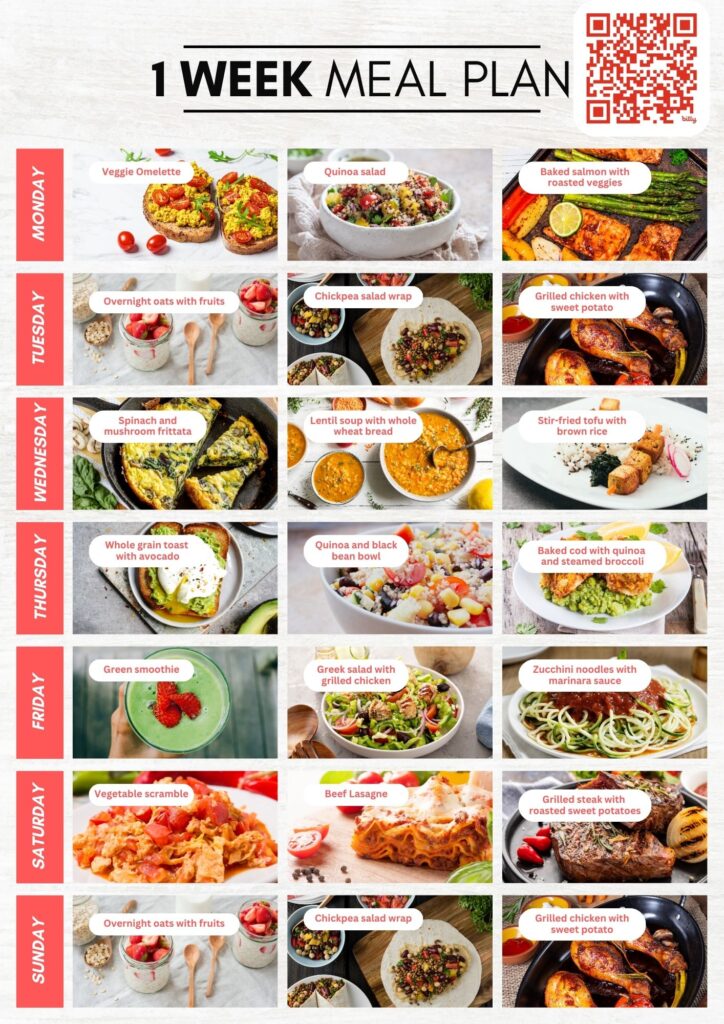
The Benefits of Preparing Home-Cooked Meals
Research suggests that regular home-cooked meals might be associated with healthier eating patterns and better family dynamics. When we prepare meals at home, we typically:
- Have more control over ingredients and portion sizes
- Spend less money compared to takeout or dining out
- Create opportunities for meaningful family interactions
- Model healthy eating behaviors for children
That said, knowing these benefits doesn’t necessarily make weeknight cooking any easier. The key might be finding strategies that work within your specific constraints rather than aiming for picture-perfect meals every night.
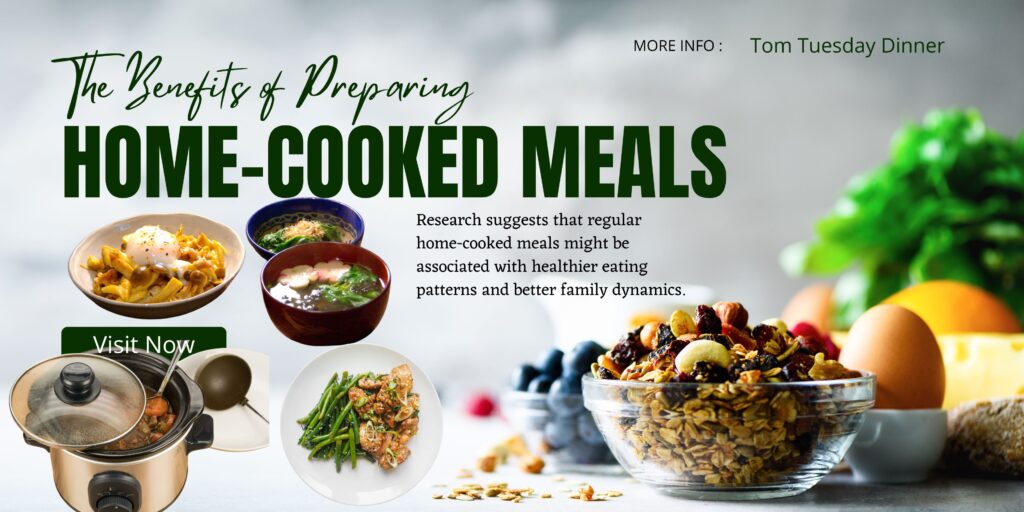
Common Obstacles to Weeknight Cooking
Many families face similar challenges when it comes to weeknight meals:
- Limited time between work and bedtime routines
- Varying taste preferences among family members
- Decision fatigue after a day of choices and responsibilities
- Lack of planning or grocery shopping organization
Recognizing these obstacles is perhaps the first step toward developing workable solutions. Rather than viewing weeknight cooking as an all-or-nothing proposition, consider it a continuum with room for both elaborate home-cooked meals and simpler alternatives depending on the day.
Essential Kitchen Tools for Efficient Meal Preparation
Before diving into specific recipes, it’s worth considering how kitchen setup might impact weeknight cooking efficiency. The right tools could potentially cut preparation time significantly.
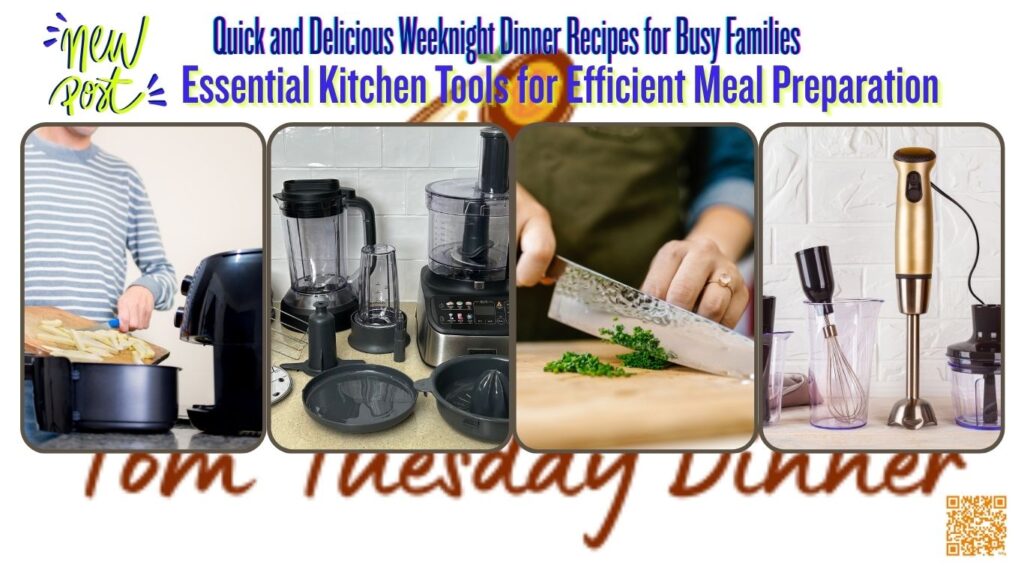
Time-Saving Appliances Worth the Investment
While kitchen gadgets sometimes end up collecting dust, certain appliances genuinely streamline the cooking process:
- Instant Pot or pressure cooker: These might reduce cooking time by up to 70% for many recipes, particularly useful for items like beans, rice, and tougher cuts of meat that typically require longer cooking times.
- Food processor: From chopping vegetables to making sauces and dressings, a good food processor could save precious minutes of prep time.
- Quality chef’s knife: Sometimes the simplest tool makes the biggest difference—a sharp, comfortable knife might make food preparation less of a chore.
- Immersion blender: For quick soups and sauces without transferring hot liquids between containers.
The initial investment in these tools could potentially pay dividends in time saved and reduced temptation to order takeout.

Kitchen Organization Tips
Beyond specific tools, how you organize your kitchen might affect cooking efficiency:
- Consider storing frequently used spices and oils near the stove
- Establish a “dinner station” with commonly used tools and ingredients
- Maintain a running grocery list to avoid mid-week shopping trips
- Organize refrigerator contents so ingredients don’t get forgotten
Small organizational changes might make weeknight cooking feel less like searching for hidden treasures and more like a smooth, intuitive process.
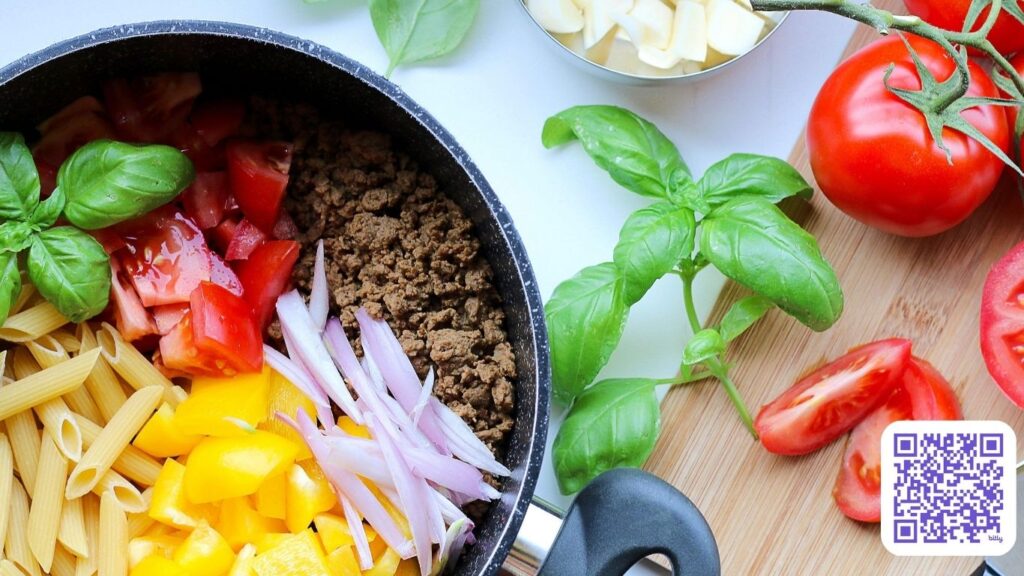
30-Minute Pasta Recipes That Impress
Pasta often emerges as the hero of weeknight meals—versatile, quick-cooking, and generally crowd-pleasing. The following approaches elevate pasta beyond basic preparations while still fitting within a tight timeframe.
One-Pot Pasta Wonders
The one-pot pasta technique might revolutionize your weeknight routine. The concept is simple: rather than boiling pasta separately, everything cooks together in one pot, with the pasta absorbing flavors as it cooks and the starch creating a naturally creamy sauce.
A basic approach involves:
- Combining uncooked pasta, vegetables, aromatics, broth or water, and seasonings in a large pot
- Bringing the mixture to a boil, then reducing to a simmer
- Stirring occasionally until pasta is cooked and liquid has reduced to a sauce consistency (typically 10-12 minutes)
- Adding finishing ingredients like cheese, fresh herbs, or a drizzle of olive oil
This method not only saves time but also reduces cleanup significantly—potentially a major consideration on busy weeknights.
Pasta Recipes Kids Actually Enjoy
For families with younger members, pasta offers endless possibilities for introducing flavors while maintaining a familiar base. Consider:
- Butternut squash mac and cheese: The natural sweetness and color of butternut squash might appeal to children while boosting nutritional value.
- Pasta with hidden vegetable sauce: Blending vegetables into marinara sauce provides nutrition without visible “offensive” vegetables.
- Build-your-own pasta bars: Setting out various toppings and mix-ins allows everyone to customize their meal while the base remains the same.
Remember that exposing children to flavors repeatedly, without pressure, might eventually expand their palates—though patience is certainly required on this journey.

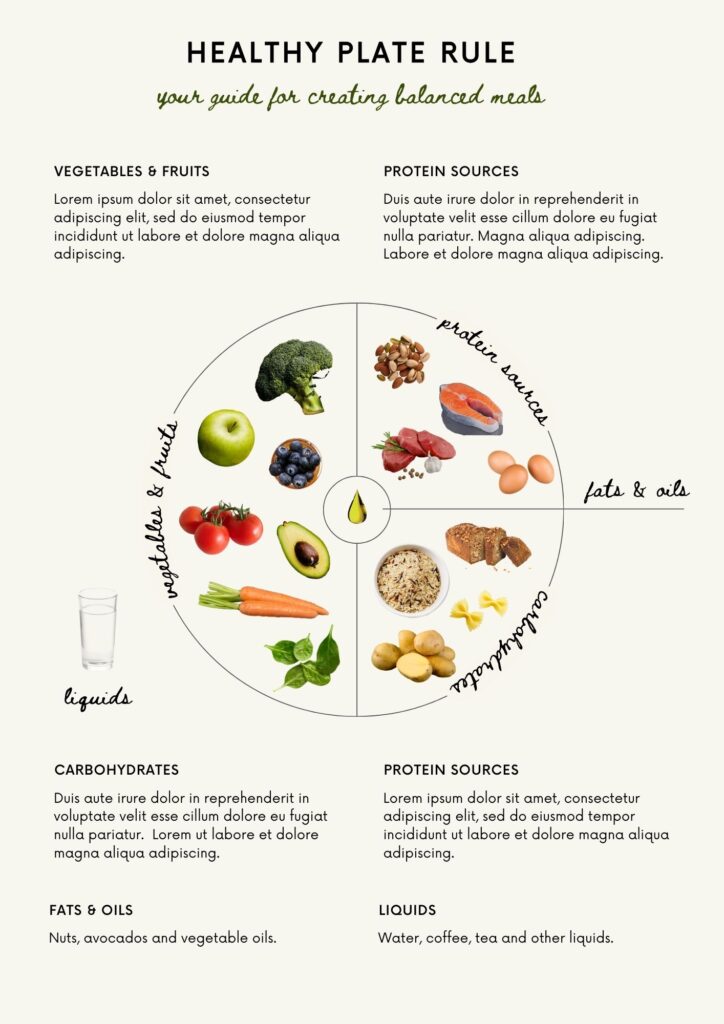
Protein and Vegetable Combinations That Work
Successful sheet pan dinners depend on thoughtful combinations of ingredients that cook at similar rates or can be staggered appropriately:
- Chicken thighs with root vegetables: Both tend to take about 25-30 minutes at 425°F
- Fish fillets added to partially roasted vegetables: Add the fish for just the last 10-12 minutes of cooking
- Sausage with bell peppers and onions: A nearly foolproof combination that roasts beautifully together
The beauty of sheet pan cooking lies in its flexibility—you can adjust quantities and ingredients based on what’s available and who’s eating.
Tips for Perfect Sheet Pan Cooking
A few technical considerations can elevate sheet pan meals from acceptable to exceptional:
- Line the pan with parchment paper or foil for easier cleanup
- Ensure vegetables are cut to similar sizes for even cooking
- Avoid overcrowding the pan, which leads to steaming rather than roasting
- Toss vegetables with oil, salt, and seasonings before arranging on the pan
- For crispier results, preheat the sheet pan in the oven before adding ingredients
With practice, you might develop a repertoire of sheet pan meals tailored to your family’s preferences—all requiring minimal active cooking time.
Slow Cooker and Instant Pot Magic
For days when even 30 minutes of active cooking feels challenging, slow cookers and pressure cookers offer welcome alternatives.
Set-It-and-Forget-It Dinner Solutions
Slow cookers excel at transforming simple ingredients into comforting meals with minimal effort:
- Pulled chicken for tacos: Combine chicken breasts, salsa, and seasonings for a versatile protein
- Bean and vegetable soups: Hearty, nutritious, and requiring little more than chopping and measuring
- Italian beef for sandwiches: Beef roast with broth and Italian seasonings creates an impressive main dish
The key advantage is preparation in the morning when energy levels might be higher, resulting in dinner ready when needed most.

Converting Traditional Recipes for Pressure Cooking
Modern electric pressure cookers like the Instant Pot have revitalized pressure cooking, making it safer and more accessible. Many traditional recipes can be adapted:
- Reduce liquid amounts by about 25% (since less evaporation occurs)
- Cut meat into smaller pieces for faster, more even cooking
- Expect cooking times of roughly 1/3 the original recipe for most items
- Use natural pressure release for meats to prevent toughening
- Add dairy products after pressure cooking to prevent curdling
With some experimentation, you might convert family favorites into weeknight-friendly pressure cooker versions that retain the original flavor with significantly reduced cooking time.
Meal Prep Strategies for Hectic Weeks
Perhaps the most reliable approach to weeknight dinners involves some degree of advance preparation. While weekend meal prep has gained popularity through social media, even small preparatory steps can make weeknight cooking more manageable.
Consider:
- Batch cooking proteins: Grilling several chicken breasts or browning multiple pounds of ground beef for use throughout the week
- Prewashing and chopping vegetables: Having prepped vegetables ready can reduce the barrier to cooking
- Preparing versatile components: Items like cooked grains, roasted vegetables, or multipurpose sauces can be combined in different ways throughout the week
- Strategic freezer use: Doubling recipes and freezing half provides future “emergency” meals
The goal isn’t necessarily preparing entire meals in advance but rather identifying the most time-consuming or barrier-creating aspects of cooking and addressing those specifically.
Finding Joy in Weeknight Cooking
Despite the challenges, weeknight cooking doesn’t need to feel exclusively like a chore. Small shifts in perspective might transform the experience:
- View cooking as a transition between work and home life—a few minutes to decompress
- Involve family members in age-appropriate tasks, making cooking a shared activity
- Create a pleasant cooking environment with music, podcasts, or conversation
- Celebrate small victories rather than comparing meals to idealized versions
- Remember that nourishing yourself and your family takes many forms—sometimes the perfect meal is simply the one that gets everyone fed
The most sustainable approach to weeknight cooking might be finding the balance between efficiency and enjoyment that works for your specific circumstances.
Frequently Asked Questions About Weeknight Dinners
What’s the single most important thing I can do to make weeknight dinners easier? Perhaps the most impactful strategy is maintaining a well-stocked pantry with versatile ingredients that combine easily. Having pasta, grains, canned beans, and frozen vegetables on hand provides building blocks for quick meals without special shopping trips.
How can I reduce food waste while still having ingredients ready for weeknight meals? Consider planning a “clean out the fridge” meal once weekly where you creatively use whatever needs to be consumed. Soups, frittatas, and stir-fries are particularly adaptable to using odds and ends of ingredients.
My family members all have different preferences and dietary needs. How can I manage this without cooking multiple meals? Component-based meals where everyone assembles their own combination from available options (like grain bowls, tacos, or salads) can accommodate different preferences while using the same base ingredients.
What if I genuinely dislike cooking but still want to provide home-cooked meals? Focus on extremely simple preparations that require minimal active cooking—sheet pan meals, slow cooker recipes, and assembled rather than cooked dishes can provide nutrition with less hands-on time. Alternatively, consider batch cooking on weekends if that feels more manageable.
How do I break out of the same rotation of meals when I’m too tired to be creative? Consider subscribing to a meal planning service, following a cooking blog that matches your family’s preferences, or even asking family members to each choose one new recipe to try monthly. Small injections of novelty can refresh your routine without requiring daily creativity.


